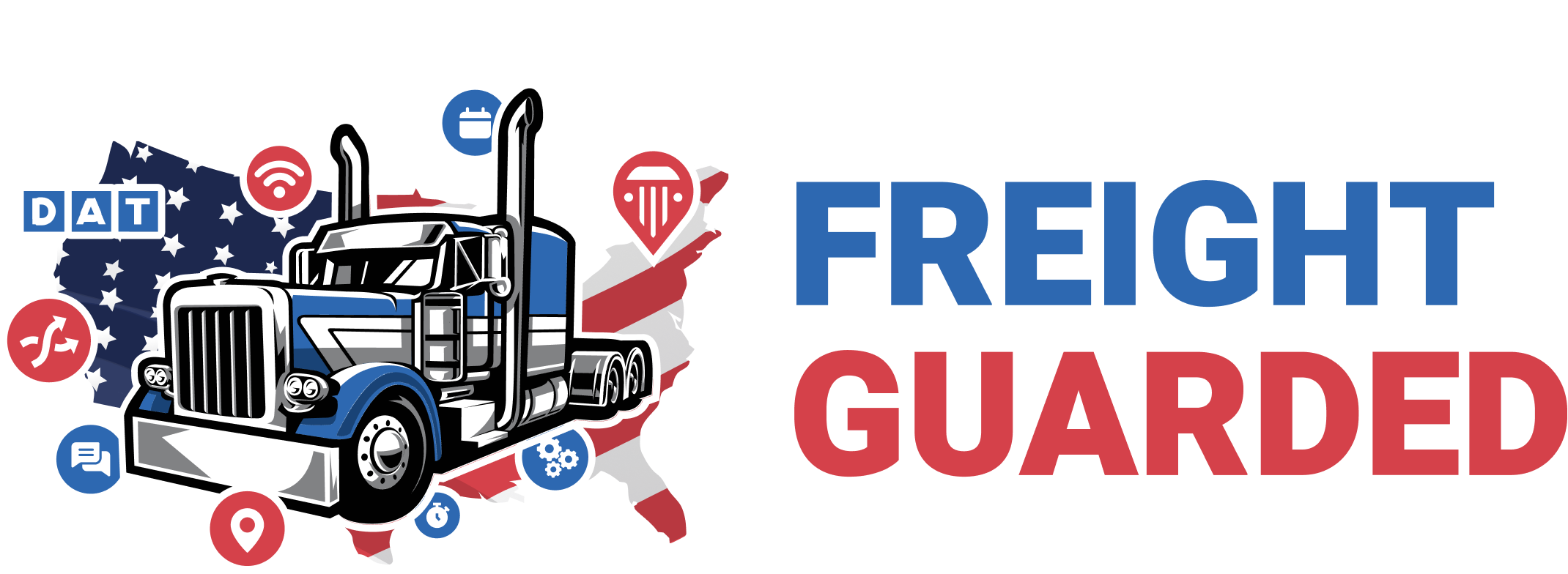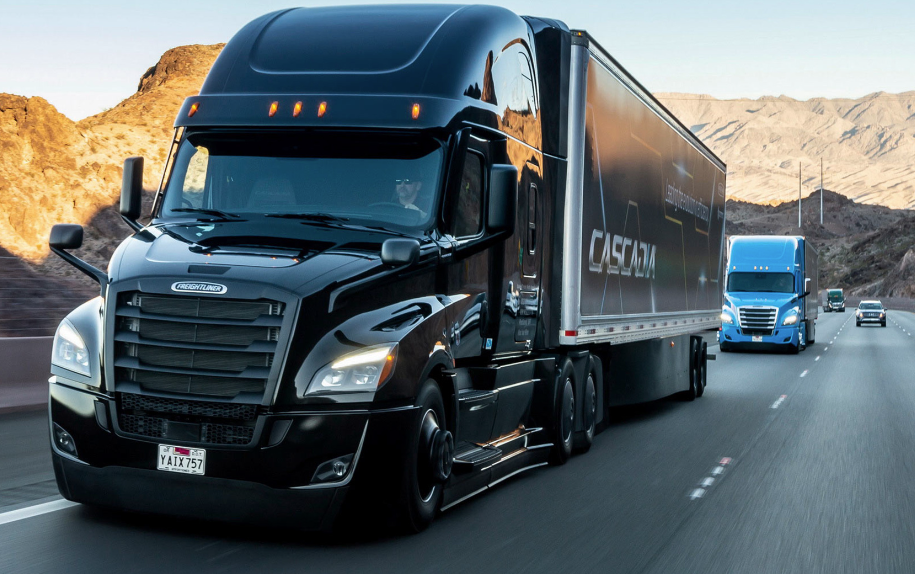Commercial Motor Vehicles (CMVs) in Europe and the United States have several differences, reflecting the distinct regulatory environments, infrastructure, and logistical needs of each region. These differences can be seen in vehicle design, size and weight regulations, driver requirements, and operational practices. Here's an overview of the key distinctions:
1. Size and Weight Limits
- Europe: European trucks, often referred to as lorries, generally adhere to stricter size and weight limits compared to their American counterparts. The maximum allowed weight is typically up to 40 tonnes (44 US tons), and the overall length is limited to 18.75 meters (61.5 feet) for truck and trailer combinations.
- United States: The US allows heavier and longer combinations, especially with the use of longer combination vehicles (LCVs), such as double or triple trailers. The maximum weight can go up to 80,000 pounds (about 36 tonnes) under federal regulations, with specific states allowing heavier loads under certain conditions. The length can vary significantly, with some combinations exceeding 100 feet.
2. Cab Designs
- Europe: European trucks predominantly use cab-over-engine (COE) designs, where the cab sits over the engine. This design maximizes cargo space within the length restrictions and offers better maneuverability, which is crucial for navigating the narrower streets and tighter turns found in many European cities.
- United States: American trucks more commonly use the conventional cab design, where the engine is in front of the cab. This design, often associated with the classic "big rig" look, provides more comfort for long-haul journeys typical in the US, due to the larger cab space and potentially smoother ride.
3. Environmental Regulations
- Europe: Europe has been more aggressive in implementing strict environmental regulations, leading to quicker adoption of cleaner technologies in transportation. Euro emission standards are applied across EU member states, setting stringent limits on vehicle emissions.
- United States: While the US also has strict emission standards, governed by the Environmental Protection Agency (EPA), the adoption rates and specific regulations can vary by state, with California often leading in strictness.
4. Driver Requirements
- Europe: Driving a CMV in Europe requires a specific driving license (categories C, C1, CE, C1E) depending on the vehicle's weight. Additionally, the European Union enforces strict regulations on drivers' working hours and rest periods, monitored by digital tachographs in the vehicles.
- United States: In the US, drivers need a Commercial Driver's License (CDL) to operate a CMV, with endorsements for specific types of vehicles. The Federal Motor Carrier Safety Administration (FMCSA) regulates hours of service (HOS) for drivers, with electronic logging devices (ELDs) being used to enforce compliance.
5. Road Infrastructure
- Europe: The road infrastructure in Europe is characterized by narrower roads and highways, more roundabouts, and generally older infrastructure in urban areas, influencing vehicle design and size restrictions.
- United States: The US features a more extensive network of wide highways and interstates designed to accommodate larger vehicles, facilitating the use of longer and heavier truck combinations for cross-country transport.
6. Operational Practices
- Europe: In Europe, there's a stronger emphasis on rail and water transportation for long-haul freight, with trucks often used for shorter distances or the "last mile" delivery.
- United States: The US relies heavily on trucking for both short-haul and long-haul freight across its vast territory, with less reliance on alternative modes like rail for cargo transport.
These differences underscore the adaptations each region has made to its commercial vehicle fleet based on geographical, regulatory, and logistical considerations, reflecting the unique demands of freight transportation in Europe and the United States.


